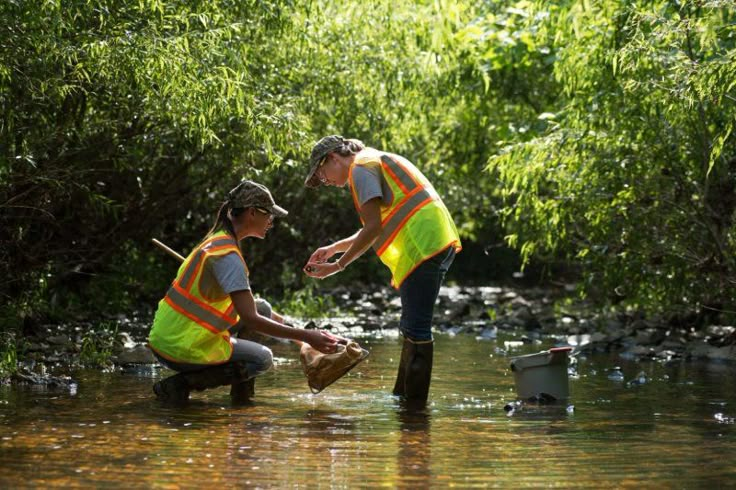The Role of National Policies in Environmental Conservation and Climate Change Mitigation

- Repoter 11
- 25 Dec, 2024
In recent years, environmental conservation and climate change mitigation have become central to national policy agendas worldwide. As the effects of climate change become increasingly evident, governments are being called upon to implement policies that both protect the environment and ensure sustainable development. National policies play a pivotal role in guiding efforts to preserve natural resources, reduce pollution, and adapt to the rapidly changing climate. This article explores the importance of national policies in fostering environmental conservation and mitigating climate change, focusing on strategies for reducing carbon emissions, promoting renewable energy, and encouraging responsible consumption. Climate change is one of the most pressing challenges of our time, with consequences that affect ecosystems, biodiversity, human health, and the global economy. National policies that focus on reducing greenhouse gas emissions and mitigating the impact of climate change are essential to combating global warming. These policies often target key sectors such as energy, transportation, agriculture, and industry, with the goal of reducing carbon footprints and promoting sustainable practices. Key strategies for climate change mitigation through national policy include: Carbon Pricing and Emissions Trading: One of the most effective ways to reduce greenhouse gas emissions is through the implementation of carbon pricing mechanisms, such as carbon taxes or cap-and-trade systems. These policies incentivize businesses to lower their emissions by making carbon pollution more expensive, thereby encouraging investment in cleaner technologies. Promoting Renewable Energy: National policies that support renewable energy sources, such as wind, solar, and hydroelectric power, can help reduce reliance on fossil fuels, which are a major source of carbon emissions. Subsidies, tax incentives, and renewable energy standards are common tools used to promote the transition to a cleaner energy grid. Energy Efficiency Standards: Governments can also set energy efficiency standards for buildings, appliances, and vehicles, ensuring that energy use is minimized and that the carbon footprint of everyday activities is reduced. Environmental conservation is not only about reducing carbon emissions but also about preserving the natural world. Biodiversity—the variety of life on Earth—is crucial for ecosystem stability, human well-being, and the overall health of the planet. National policies focused on the protection of biodiversity aim to safeguard endangered species, conserve habitats, and restore ecosystems that are vital for environmental health. Strategies for promoting biodiversity and ecosystem conservation include: Establishing Protected Areas: National parks, wildlife reserves, and marine protected areas are essential for conserving biodiversity. Governments can designate land and marine areas as protected zones to prevent development and limit human impact on ecosystems. Combating Deforestation: Deforestation is a major driver of biodiversity loss and climate change. Policies aimed at curbing illegal logging, promoting sustainable forestry practices, and restoring degraded lands can help preserve forests, which are vital carbon sinks. Sustainable Agriculture Practices: Encouraging sustainable farming practices, such as crop rotation, agroforestry, and organic farming, can help preserve soil health, water quality, and biodiversity, while also contributing to food security. A green economy is one that focuses on sustainable development while reducing environmental risks and ecological scarcities. National policies that promote a green economy aim to create a more resilient economy that thrives by focusing on renewable resources, sustainable industries, and eco-friendly technologies. Key strategies for fostering a green economy include: Investment in Green Technologies: Governments can support the development and deployment of green technologies through research funding, innovation hubs, and incentives for businesses that focus on sustainable products and services. This can include areas such as electric vehicles, green building materials, and waste-to-energy solutions. Sustainable Tourism: Promoting sustainable tourism policies that minimize environmental impacts and protect cultural heritage can boost local economies while ensuring long-term ecological and social sustainability. Circular Economy: A circular economy is one in which products and materials are reused, repaired, and recycled, reducing the need for raw materials and minimizing waste. National policies that encourage recycling programs, product design for longevity, and waste management can help reduce the environmental footprint of industries. National policies are vital in driving the global transition toward environmental sustainability. Through effective climate change mitigation strategies, biodiversity conservation efforts, and the promotion of green economic practices, governments can help safeguard the planet for future generations. However, achieving environmental sustainability requires not only government action but also the involvement of businesses, communities, and individuals. Governments have the responsibility to set clear goals, allocate resources, and implement policies that encourage long-term environmental stewardship, making them an indispensable player in the fight against climate change and environmental degradation. Ultimately, national policies that prioritize environmental conservation and climate change mitigation will contribute to a more sustainable and prosperous future for all.1. Mitigating Climate Change: A National Priority
2. Protecting Biodiversity and Ecosystems
3. Fostering a Green Economy
4. Conclusion: The Role of Government in Environmental Sustainability
Leave a Reply
Your email address will not be published. Required fields are marked *




